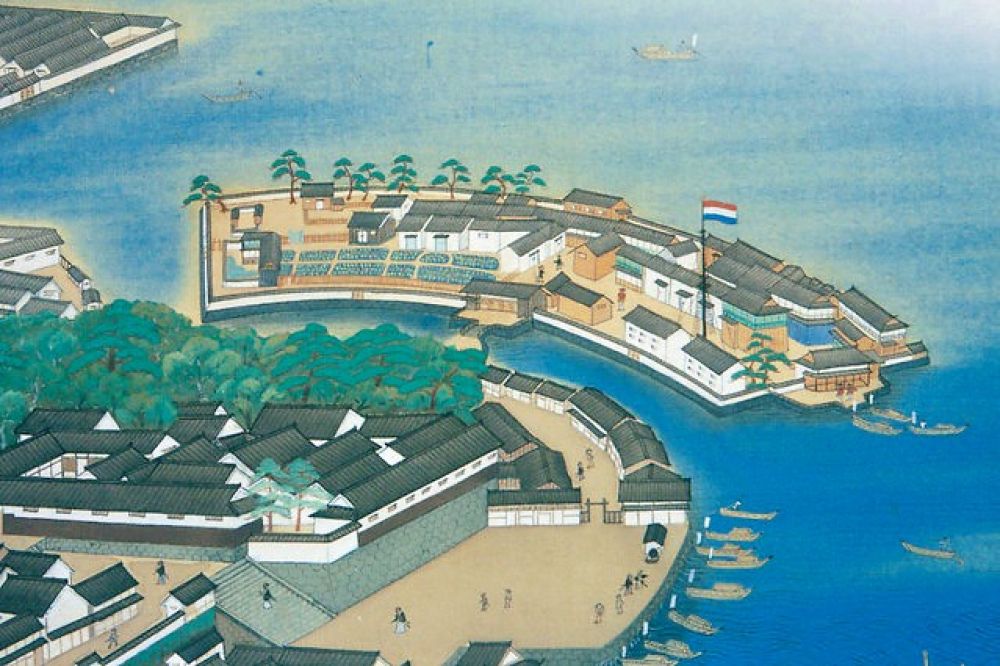

Dejima was once an artificial island in Nagasaki’s bay, constructed in 1634 to control and contain foreign traders, mainly the Dutch, and was Japan’s only point of trade and exchange with the outside world during the Sakoku period of isolation. As a hub of international exchange, Dejima became a conduit for not just trade goods, but also cultural exchanges, including food. The influence of Dutch and Chinese cuisine blended with traditional Japanese cooking techniques to create a unique local cuisine that still influences Nagasaki's dishes today. In particular, Dejima played a critical role in introducing sugar and deep-frying techniques which are now prevalent in Japanese cooking.